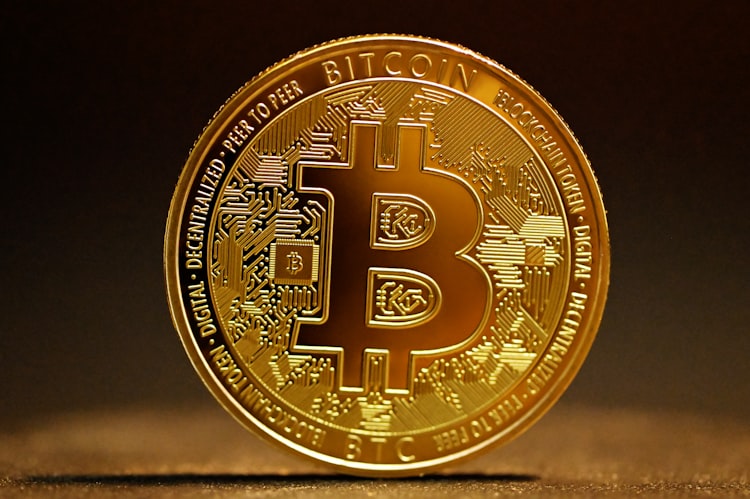What is a Blockchain?

The blockchain’s design ensures the security and transparency of transactions. It achieves this by reducing the need for intermediaries, creating real-time records, and facilitating the tracking of these records.
So what is a blockchain? A blockchain is a decentralized ledger of transactions: this technology stores, records, and shares data among nodes.
Origin of Blockchain Technology
The origin of blockchain technology dates back to the 1900s. It all began with Stuart Haber and W.Scott Stornetta. The two wanted a time-stamping system that couldn’t be altered or backdated.
However, the system remained unused until 2004, untill Hal Finney introduced a system known as Reusable Proof Of Work (RPoW). This system utilized blockchain technology and served as a big advancement in crypto development.
In 2008, Satoshi Nakamoto, the first person to mine crypto, improved the blockchain's design. He did this by coming up with a way to add blocks without the need for intermediaries or third parties.
In 2009 Bitcoin became the first firm to utilize blockchain technology in its transactions. Other crypto firms later followed suit. Today blockchain technology is used in decentralized finance (DeFi), Non-Fungible tokens (NFTs), and smart contracts.
The Difference Between a Blockchain and an Ordinary Database
The main difference between a blockchain and a typical database is how the data is structured. In a blockchain, data is in blocks; blocks are information groups.
These blocks are normally linked to each other, thus creating a history of records. That is why they are known as blockchains. On the other hand, a database stores information in the form of tablets.
Another thing to note is that data in blockchains is mostly decentralized. Most data is irreversible, and tampering with this data is quite impossible. In a database, data is usually centralized.
Types of Blockchains
Blockchain technology is becoming more and more popular each day. Firms, especially crypto-related, are finding this technology quite effective. After all, it’s very advantageous and entails small downsides.
There are three main types of blockchain technology. We have;
1) Public Blockchain
As the name suggests, a public blockchain is open to the public. Here anyone is allowed to add or download information from blockchains. Cryptocurrency firms mostly utilize public blockchains. Users, however, must follow the laid laws set by the crypto firm.
2) Private or Permissioned Blockchain
In a private blockchain, only certain users can add or download data from the blockchain. Crypto firms enable this by setting controls and measures to prevent unauthorized entry.
3) Federated or Consortium Blockchain
Federated blockchains allow specific users to mine for crypto. We all know mining is achievable thanks to blockchain technology.
Who is a Blockchain Developer?
Blockchain developers are people with the skills and knowledge required in blockchain technology. There are mainly two types of developers. There are the Blockchain software developers and Core blockchain developers.
To become either of the above, you can take blockchain courses. Also, ensure you practice as practice makes perfect.
Conclusion
Blockchain technology is no doubt a game-changer. Transactions are smoother, theft and hacking have been reduced, transactions costs are lower, etc. Genuinely its benefits are widely felt.




